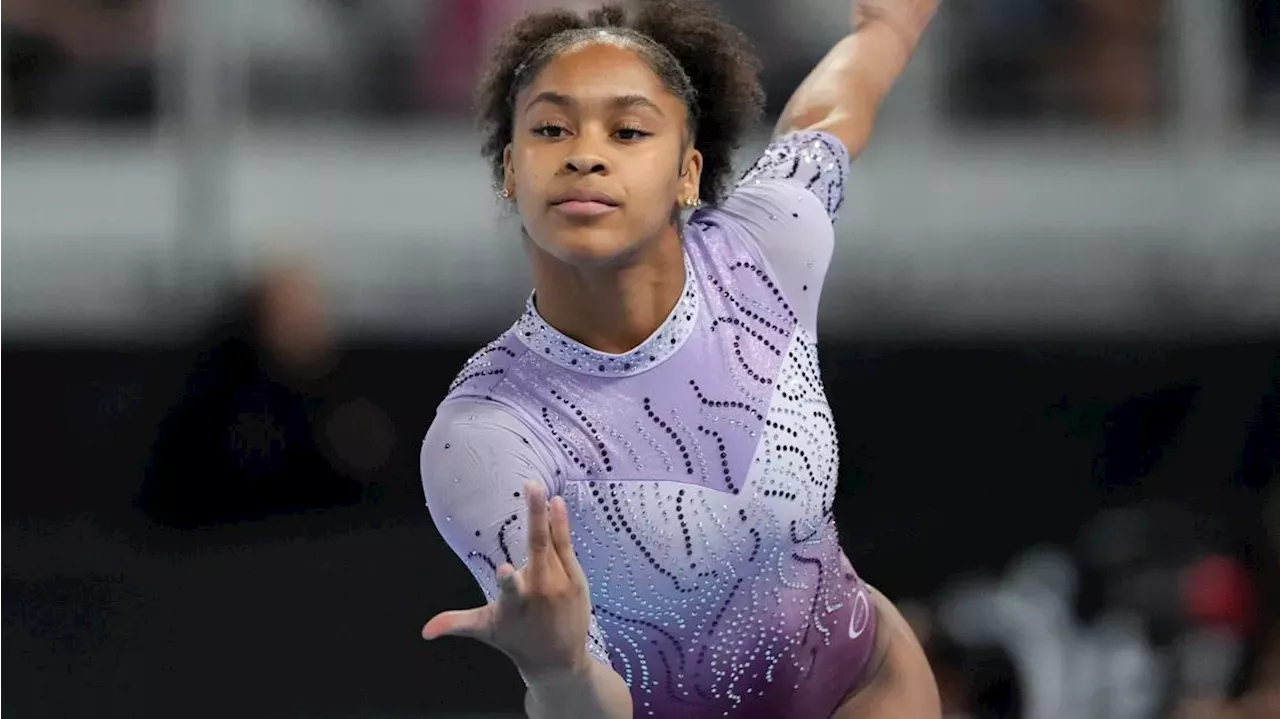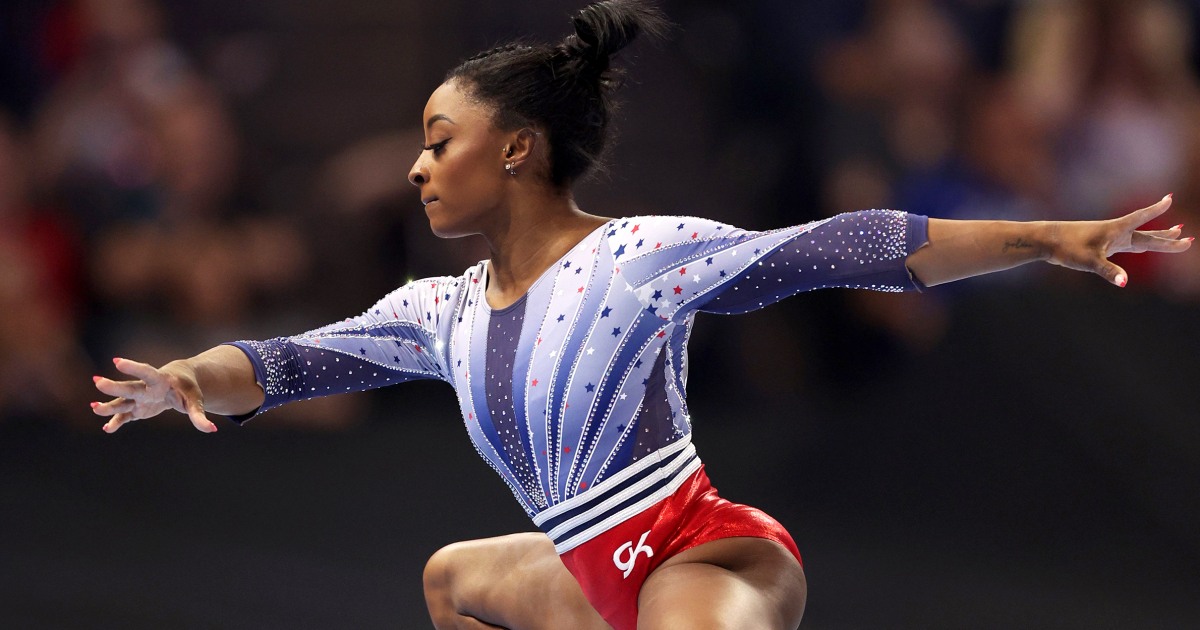Gymnastics Injuries
Gymnastics injuries – Gymnastics is a physically demanding sport that requires athletes to perform complex and often dangerous maneuvers. As a result, gymnasts are at risk for a variety of injuries.
In the captivating world of gymnastics, the pursuit of perfection often comes with the risk of injuries. Gymnasts like Kayla Dicello have faced the challenges of overcoming these setbacks. Her unwavering determination serves as an inspiration to many, reminding us that even in the face of adversity, the resilience of the human spirit can triumph.
As we explore the complexities of gymnastics injuries, Kayla’s story stands as a testament to the strength and perseverance that lies within us all.
The most common types of gymnastics injuries include:
- Sprains and strains: Sprains are injuries to ligaments, while strains are injuries to muscles or tendons. These injuries can occur when an athlete overstretches or tears a ligament or muscle.
- Fractures: Fractures are breaks in bones. Gymnasts are at risk for fractures of the wrists, ankles, and feet.
- Dislocations: Dislocations occur when a bone is forced out of its normal position. Gymnasts are at risk for dislocations of the shoulders, elbows, and knees.
- Concussions: Concussions are injuries to the brain that can occur when an athlete is hit in the head. Gymnasts are at risk for concussions from falls or collisions with other athletes or equipment.
The biomechanical factors that contribute to gymnastics injuries include:
- Repetitive motions: Gymnasts perform the same movements over and over again, which can put stress on their joints and muscles.
- High-impact forces: Gymnasts land from jumps and perform other high-impact maneuvers, which can put stress on their bones and joints.
- Awkward positions: Gymnasts often perform exercises in awkward positions, which can put stress on their bodies.
The training practices that contribute to gymnastics injuries include:
- Overtraining: Gymnasts who train too much are at increased risk for injuries.
- Improper technique: Gymnasts who do not use proper technique are at increased risk for injuries.
- Inadequate warm-up: Gymnasts who do not warm up properly are at increased risk for injuries.
Prevention and Management of Gymnastics Injuries

Gymnastics is a demanding sport that requires high levels of strength, flexibility, and coordination. As a result, gymnasts are at risk for a variety of injuries, including sprains, strains, fractures, and dislocations. Proper prevention and management of these injuries are essential to ensure the health and safety of gymnasts.
Injury Prevention Strategies
There are a number of evidence-based strategies that can be used to prevent gymnastics injuries, including:
- Proper warm-up: Warming up the body before exercise helps to increase blood flow to the muscles and prepare them for activity. This can help to reduce the risk of sprains and strains.
- Technique refinement: Proper technique is essential for preventing gymnastics injuries. Gymnasts should be taught the correct way to perform each skill by a qualified coach.
- Conditioning: Conditioning exercises can help to strengthen the muscles and improve flexibility, which can reduce the risk of injuries.
Role of Medical Professionals, Gymnastics injuries
Medical professionals play a vital role in the management of gymnastics injuries. They can diagnose injuries, provide treatment, and develop rehabilitation plans.
- Diagnosis: Medical professionals can use a variety of methods to diagnose gymnastics injuries, including physical examination, X-rays, and MRI scans.
- Treatment: Treatment for gymnastics injuries may include rest, ice, compression, elevation (RICE), medication, and surgery.
- Rehabilitation: Rehabilitation is essential for helping gymnasts recover from injuries and return to full activity. Rehabilitation plans may include exercises to strengthen the muscles, improve flexibility, and restore range of motion.
Recovery and Return to Sport after Gymnastics Injuries

Gymnastics injuries can be devastating, both physically and psychologically. The road to recovery can be long and arduous, but with the right support and care, it is possible to return to sport and achieve your full potential.
The first step in recovery is to address the physical injury. This may involve surgery, physical therapy, or a combination of both. Once the injury has healed, it is important to begin a structured return-to-sport plan.
Principles of Rehabilitation
The principles of rehabilitation include:
- Progressive exercise: Gradually increasing the intensity and duration of exercise to help the body heal and regain strength.
- Pain management: Using medication, ice, and other therapies to reduce pain and inflammation.
- Functional restoration: Exercises that help the body regain the range of motion, strength, and coordination needed for gymnastics.
Importance of a Structured Return-to-Sport Plan
A structured return-to-sport plan is essential to minimize the risk of re-injury. The plan should be developed by a qualified medical professional and should include:
- Gradual progression: Slowly increasing the intensity and duration of activity to avoid overloading the injured area.
- Monitoring: Regularly assessing the athlete’s progress and making adjustments to the plan as needed.
- Communication: Open communication between the athlete, coach, and medical team to ensure everyone is on the same page.
The world of gymnastics is fraught with injuries, and one that has garnered significant attention is the skye blakely injury. Skye, a talented gymnast, suffered a devastating injury that sidelined her from the sport for an extended period. Her case highlights the risks associated with gymnastics and the importance of proper training and injury prevention.